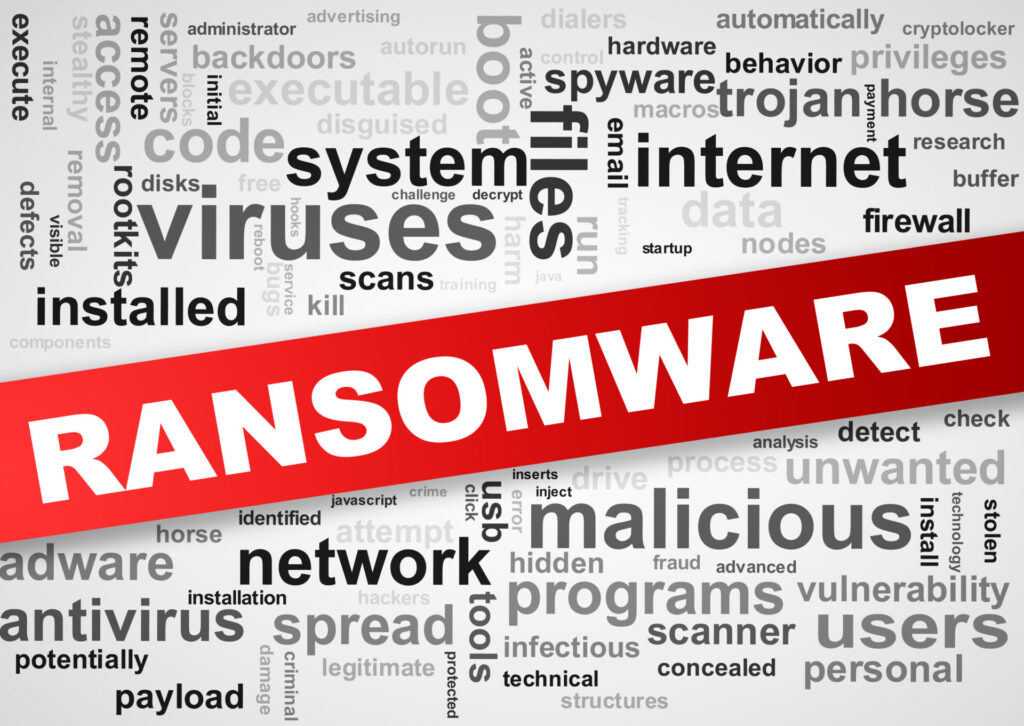
Introduction
Ransomware attacks pose a growing threat to businesses and individuals, causing significant disruptions and financial losses. In this blog post, we’ll explore ransomware, how it operates, and share essential tips to prevent ransomware attacks and protect your systems
What is Ransomware?
Ransomware is malicious software designed to encrypt a victim’s files, making them inaccessible until a ransom is paid to the attacker, typically in cryptocurrency like Bitcoin. Attackers often use social engineering techniques, such as phishing emails, to trick users into downloading the ransomware or exploit vulnerabilities in software and systems.
How Ransomware Operates
- Infection: The ransomware infection usually starts with a phishing email containing a malicious attachment or a link to a compromised website. When the user clicks the link or opens the attachment, the ransomware is downloaded onto their system.
- Encryption: The ransomware scans the victim’s system for critical files and encrypts them with a strong encryption algorithm, rendering decryption nearly impossible without the attacker’s private key.
- Ransom demand: Victims are then presented with a ransom note, demanding payment (usually in cryptocurrency) in exchange for the decryption key. The note may also include a deadline, after which the ransom amount increases or the decryption key is permanently deleted.
Tips for Preventing Ransomware Attacks
1. Update software and systems regularly
Ensure your operating systems, software, and firmware are up-to-date to minimize vulnerabilities that attackers can exploit. Enable automatic updates whenever possible.
2. Strengthen email security
Implement strong email filters to block phishing emails and malicious attachments. Educate employees on recognizing and reporting phishing attempts.
3. Install reliable antivirus software
Choose a reputable antivirus software that can detect and remove ransomware before it causes damage.
4. Use network segmentation
Limit the spread of ransomware within your organization by segmenting your network. This can help contain infections and minimize operational impact.
5. Back up data regularly
Regularly back up critical data and store backups offline or in a secure cloud location. Test backups to ensure they can be restored in case of an attack.
6. Train employees on cybersecurity
Provide regular training on cybersecurity best practices, including recognizing and reporting phishing attempts and maintaining strong password policies.
7. Enable multi-factor authentication
Implement multi-factor authentication (MFA) for all user accounts to add an extra layer of security and make unauthorized access more difficult for attackers.
Understanding the threats posed by ransomware attacks and adopting these prevention strategies can minimize your risk and protect your valuable data. SecureCPU Technology Services can help you build a robust cybersecurity strategy to defend your organization against ransomware and other cyber threats. Contact us today at [email protected] or 410-600-7006 to learn more about our services.
Share This Post
Subscribe To Our Newsletter
Get updates and learn from the best



